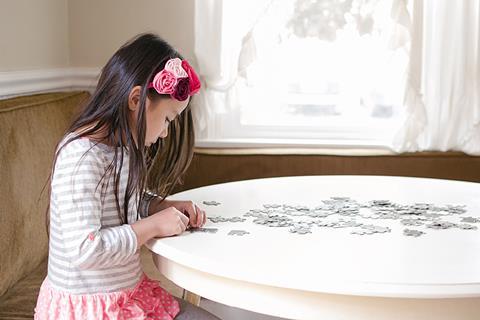How could you create an exciting treasure hunt puzzle for your students? Here are ideas for two kinds of game – a basic chain of clues and letterboxing.

Children often enjoy treasure hunting games. Adults who have read the successful novel, The Da Vinci Code, may also find the idea interesting. But how could you create an exciting treasure hunt puzzle for your students? Here are ideas for two kinds of game – a basic chain of clues and letterboxing.
What is a chain of clues?
A simple treasure hunt starts with one clue. This is often a short message, possibly in rhyme (but it could be a picture, a question etc.). The clue gives you some information about where to go to find the next clue – and that clue will in turn lead you to another one (and so on) until finally you reach the end of your quest.
Planning a chain of clues
- (Small classes.) First plan your route by selecting about six locations in a sequence (if possible, around the whole school, rather than just within the classroom). Each location needs to have a hiding place (e.g. behind a picture frame or under a chair) in which you can conceal a small piece of paper with a clue.
- Write a starter clue that will give your students a way of finding the first location.
Then write clues that will guide students from location 1 to 2, from 2 to 3 etc. Some clues should be hard to work out quickly. - Hide the clues, taking care that they are in the right locations. In class, give the first clue to a group of 3-4 students and let them read, discuss and try to find the next one, following your trail.
- If you have more than three or four students, set them off in separate groups, with a five minute gap between. A few example clues:
Walk down the corridor to the end,
Then look behind the poster of Big Ben.The classroom window opens wide,
Who knows what you’ll find outside?If you don’t know where to look,
Try underneath your teacher's book.
Letterboxing
- (Larger classes) Get 10-15 different coloured felt-tip pens.
- Select the same number of useful short revision questions (e.g. from grammar exercises) and copy them, one question to each piece of paper.
- Place each question in a separate envelope, together with one of the pens. Choose your hiding places and place one envelope (out of sight) in each location.
- Now write a list of clues for each location, in random order, on a single piece of paper – then make one copy of this page for each pair of students.
- In class, hand out the list of clues to all pairs. They can search for the hiding places in any order.
- When they find an envelope, they must write the answer to the question on their question paper using the coloured pen – then replace the envelope. The use of coloured pens stops players cheating by just copying answers.
- At the end check all the answers together – the team with the most correct answers – in the correct colours – wins.
Imaginative materials
- 1
- 2
- 3
- 4
- 5
- 6
- 7
- 8
- 9
- 10
- 11
- 12
- 13
- 14
- 15
- 16
- 17
 Currently reading
Currently readingImaginative materials: treasure hunting
- 18
- 19
- 20








No comments yet